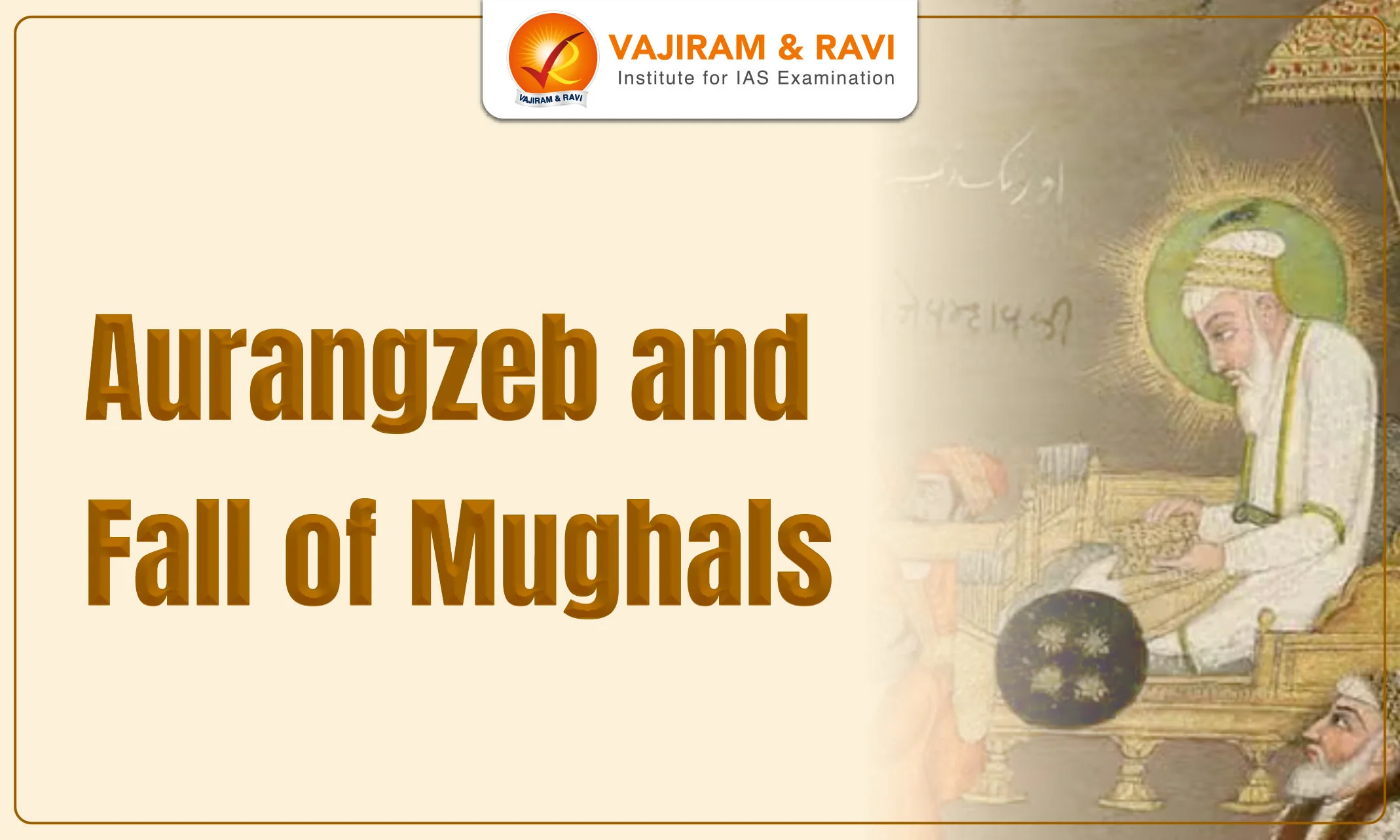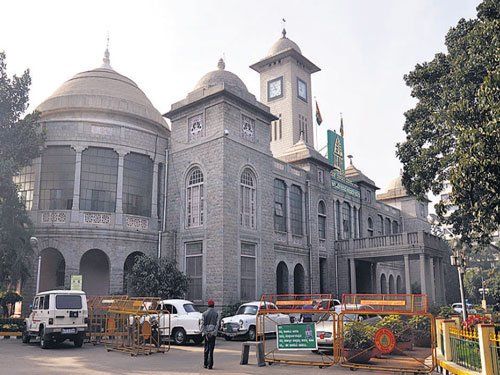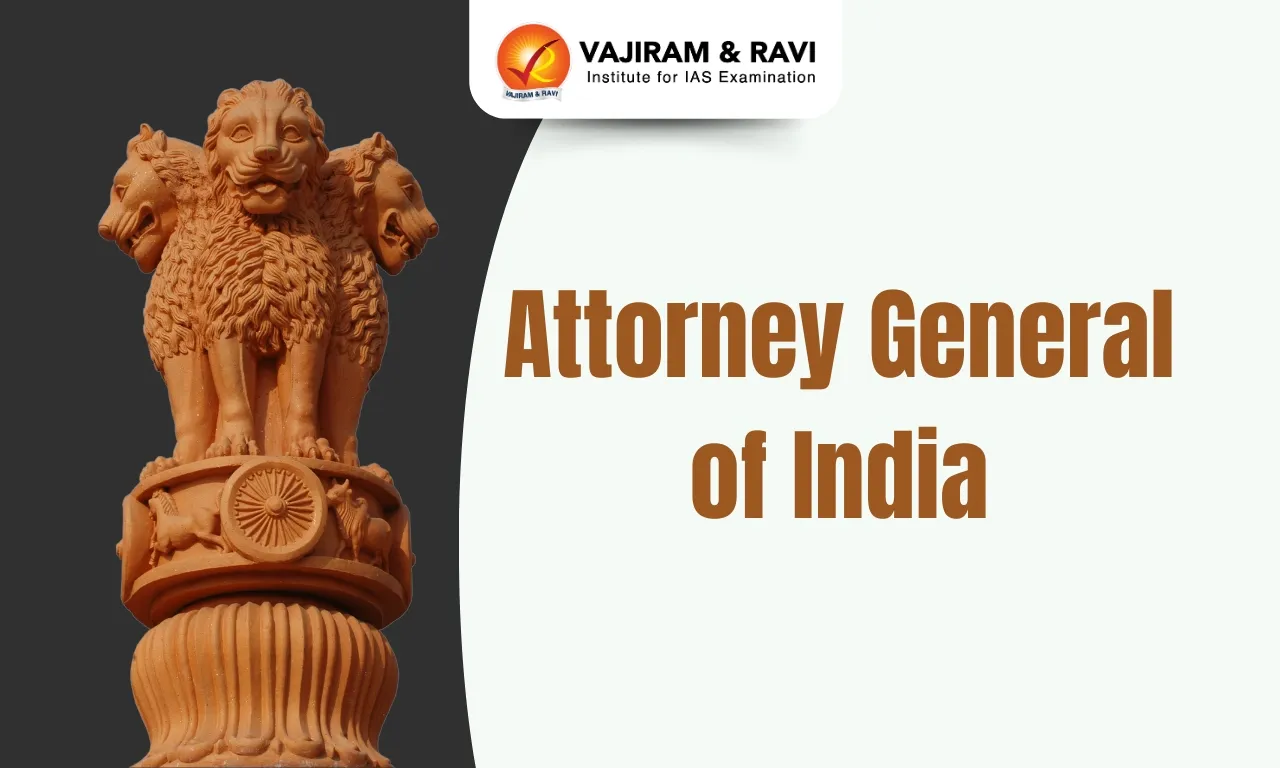Aurangzeb
Aurangzeb Alamgir ("World Conqueror") ascended the throne in 1658 after eliminating all competitors, including Dara Shukoh, Shuja, and Murad, in a war of succession.
- Two parts: His reign of fifty years can be divided into two equal parts.
- During the first twenty-five years, he resided in the north, primarily in Delhi, and personally handled the affairs of northern India while delegating control of the Deccan to his viceroys.
- In around 1681, prompted by the rebellion of his son, Prince Akbar, he went to the Deccan. He never returned to Delhi and died disheartened in Ahmad Nagar in 1707.
Aurangzeb’s Religious Policy
Aurangzeb's religious policy was characterised by his strong commitment to orthodox Sunni Islam and his attempts to enforce Islamic law and customs throughout the Mughal Empire.
- Islamic Orthodoxy: Aurangzeb was profoundly religious and sought to uphold what he considered a puritanical interpretation of Sunni Islam.
- He emphasised enforcing Islamic law and promoted religious scholars who supported his conservative views.
- He was known for his piety and observed strict religious practices.
- Imposition of Jizya: This tax was reinstated during his reign and was considered discriminatory against Hindus and other religious minorities.
- Persecution of Religious Leaders: He executed Guru Tegh Bahadur (the ninth Sikh Guru) when he refused to convert to Islam. This religious persecution contributed to the subsequent Sikh rebellion against Mughal rule.
Aurangzeb’s Deccan Policy
Aurangzeb's Deccan policy aimed to extend Mughal control over the Deccan Sultanates, particularly Bijapur and Golconda, and bring them under direct Mughal rule. Aurangzeb saw the Deccan as a crucial region, both politically and economically.
- Annexation of Bijapur and Golconda: He launched military campaigns and besieged these Sultanates for several years. Eventually, in 1686, he successfully captured Bijapur, followed by the fall of Golconda in 1687, bringing them under Mughal rule.
- Maratha Resistance: Under leaders like Shivaji and later his son Sambhaji, the Marathas resisted Aurangzeb's expansionist plans and forced him to divert significant resources to counter their activities.
- Economic Drain: Aurangzeb's prolonged military campaigns in the Deccan significantly drained the empire's resources. The cost of maintaining a large army and administering the newly acquired territories put a strain on the Mughal treasury.
- Impact on Stability: Aurangzeb's focus on the Deccan campaigns diverted attention from other parts of the empire, leading to the neglect of governance in regions like Bengal and Punjab.
- The prolonged military engagements, coupled with the suppression of local rulers and communities, eventually contributed to the decline of the Mughal Empire after Aurangzeb's death.
Role of Aurangzeb’s Policies in the Fall of the Mughal Empire
Aurangzeb's reign is often associated with the decline of the Mughal Empire due to several factors. While multiple factors influenced it, Aurangzeb's policies and actions played a significant role.
- Religious Policies: He implemented measures favouring Islam over other religions, such as imposing jizya (tax on non-Muslims).
- This policy alienated non-Muslim subjects, leading to widespread discontent and resistance.
- Deccan Campaigns: The Deccan wars drained the treasury, stretched the military, and diverted attention from other pressing issues within the empire. The prolonged conflicts in the south weakened the central authority and exacerbated regional tensions.
- Financial Mismanagement: He faced financial difficulties due to increased military spending, a lack of revenue reforms, and inadequate revenue collection mechanisms.
- The empire faced a persistent fiscal crisis, leading to inflation, economic instability, and the inability to sustain its vast territorial holdings.
- Rebellion and Regional Fragmentation: The Jats, Sikhs, Rajputs, and Marathas, among others, challenged Mughal authority and sought to establish their own independent kingdoms.
- These rebellions drained the empire's resources, weakened its control over provinces, and contributed to the fragmentation of the empire.
- Administrative Centralization: Aurangzeb's strong centralisation of power and autocratic rule led to administrative inefficiencies.
- This centralised approach hindered the empire's ability to respond to local challenges and led to an increased administrative burden.
- Succession Crisis: Aurangzeb's long reign and the tensions caused by his policies resulted in a succession crisis after his death.
- The subsequent Mughal rulers were often weak and inexperienced and faced challenges from rival claimants to the throne.
Later Mughals
After Aurangzeb, the Mughal dynasty witnessed a galaxy of weak rulers, which resulted in the decline of the empire and, ultimately, its end.
| Mughal Ruler | Significance |
| Bahadur Shah I (1707-1712) |
|
| Jahandar Shah (1712-1713) |
|
| Farrukhsiyar (1713-1719) |
|
| Muhammad Shah (1719-1748) |
|
| Ahmad Shah (1748-1754) |
|
| Alamgir II (1754-1759) |
|
| Shah Jahan III (1759-1760) |
|
| Shah Alam II (1759-1806) |
|
| Akbar II (1806-1837) |
|
| Bahadur Shah II (1837-1857) |
|
Table - Mughals after Aurangzeb
Decline of Mughal Empire
The Mughal Empire experienced a significant decline in power and prestige, leading to the emergence of independent principalities and the decline and disappearance of the Mughal Empire.
Shifting allegiance of Zamindars
The Zamindars played a crucial role in the empire as they assisted in revenue collection and local administration, maintaining their soldiers.
- Powerful Zamindars: Although the Mughals attempted to limit the power of the Zamindars and establish direct contact with the peasants, they were only partially successful in their endeavours.
- Support for Nobles: Many local zamindars supported the nobility, the other powerful class within the empire, in exploiting the weakened state of the empire to establish independent kingdoms for themselves.
Jagirdari Crisis
The nobility in the Mughal Empire consisted of individuals who held large jagirs (land assignments) and mansabs (ranks) or were appointed as subahdars (governors) of Mughal provinces, with the responsibility of maintaining them.
- Factions Of Nobles: Despite the well-organized structure provided by Akbar, divisiveness within the nobility emerged based on factors such as religion, homeland, and tribe, leading to the formation of distinct groups.
- Undermined the central power: During the later Mughal period, in the absence of strong central leadership, mutual rivalry, jealousy, and power struggles among these various groups undermined the emperor's prestige and contributed to the empire's decline.
Rise of regional aspirations
During Aurangzeb's reign, powerful regional groups such as the Jats, Sikhs, and Marathas emerged and challenged the authority of the Mughal state in their pursuit of establishing their own kingdoms.
- Persistent struggle: Their continuous struggle against the Mughal Empire for political dominance weakened the empire.
- Rajputs: Aurangzeb's policies, particularly his attempts to suppress the Rajputs, inadvertently provoked them to rise against the Mughals.
- Marathas:
- The Marathas emerged as a formidable enemy, with their initial goal being the regain control over the region of Maharashtra.
- However, their ambitions quickly expanded, and they sought legal sanction from the Mughal emperor to collect Sardeshmukhi (levy on land) and Chauth (tribute) throughout India.
- They expanded their influence northwards and, by 1740, had successfully extended their power over the provinces of Gujarat, Malwa, and Bundelkhand.
Political and administrative problems
Over time, the number of amirs (nobles) in the Mughal Empire increased significantly, resulting in a scarcity of land available to be distributed among them as jagirs (land assignments).
- Aurangzeb inflated the recorded income from the jagirs to address the acute shortage of jagirs.
- This proved to be a short-sighted solution as the amirs, in turn, pressured the peasantry to recover the inflated income from their jagirs.
- Consequently, both the amirs and the peasantry became antagonised.
- This proved to be a short-sighted solution as the amirs, in turn, pressured the peasantry to recover the inflated income from their jagirs.
- Lagged development in Science and Technology: Moreover, there were no significant scientific or technological advancements that could have propelled the stagnant economy forward.
- Failure to reap trade benefits: Despite the growth of trade, particularly with the increasing presence of European traders along the coastal regions of India, the empire did not benefit significantly from this flourishing trade.
- Death of Aurangzeb: Following the death of Aurangzeb, these economic and administrative problems only multiplied. The empire had become too vast to be efficiently governed under a centralised system, especially during periods of weak and incompetent rulers.
Last updated on December, 2025
→ Check out the latest UPSC Syllabus 2026 here.
→ Join Vajiram & Ravi’s Interview Guidance Programme for expert help to crack your final UPSC stage.
→ UPSC Mains Result 2025 is now out.
→ UPSC Notification 2026 is scheduled to be released on January 14, 2026.
→ UPSC Calendar 2026 is released on 15th May, 2025.
→ The UPSC Vacancy 2025 were released 1129, out of which 979 were for UPSC CSE and remaining 150 are for UPSC IFoS.
→ UPSC Prelims 2026 will be conducted on 24th May, 2026 & UPSC Mains 2026 will be conducted on 21st August 2026.
→ The UPSC Selection Process is of 3 stages-Prelims, Mains and Interview.
→ UPSC Result 2024 is released with latest UPSC Marksheet 2024. Check Now!
→ UPSC Prelims Result 2025 is out now for the CSE held on 25 May 2025.
→ UPSC Toppers List 2024 is released now. Shakti Dubey is UPSC AIR 1 2024 Topper.
→ UPSC Prelims Question Paper 2025 and Unofficial Prelims Answer Key 2025 are available now.
→ UPSC Mains Question Paper 2025 is out for Essay, GS 1, 2, 3 & GS 4.
→ UPSC Mains Indian Language Question Paper 2025 is now out.
→ UPSC Mains Optional Question Paper 2025 is now out.
→ Also check Best IAS Coaching in Delhi
Aurangzeb and Fall of Mughals FAQs
Q1. What were Chauth and Sardeshmukhi?+
Q2. When did Nadar Shah’s invasion take place in India?+

















